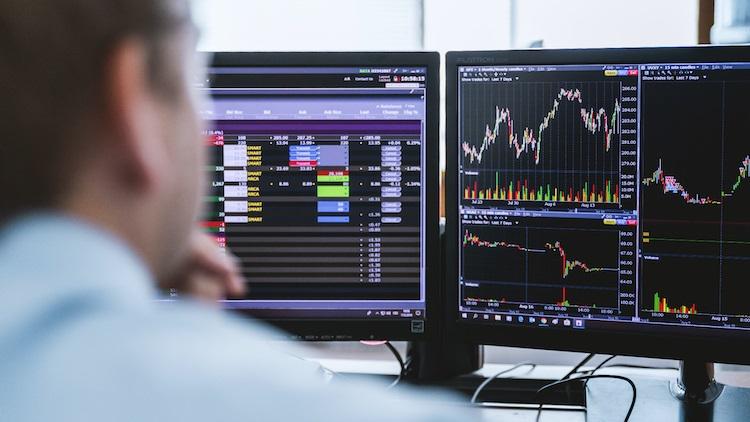Forex trading has emerged as a critical player in the fast-paced world of finance, where fortunes are made and lost in the blink of an eye. With its potential for high returns and global accessibility, forex trading has captured the attention of investors worldwide. This article will delve into the art of currency trading and explore the strategies, risks, and rewards associated with it. So, grab your seats as you embark on a journey into the fascinating world of forex.
Understanding Forex Trading
Foreign exchange, commonly known as forex, refers to the buying and selling currencies. Unlike traditional stock markets, the forex operates 24 hours a day, five days a week, across different financial centres worldwide. Trillions of dollars are traded daily, making it the largest and most liquid market globally. Now to uncover the key components of forex trading:
Currency Pairs
Forex trading involves the exchange of one currency for another, forming currency pairs. Major currency pairs like EUR/USD, GBP/USD, and USD/JPY dominate the market, while minor and exotic pairs offer alternative trading opportunities.
Market Participants
Various players contribute to the forex market’s liquidity and dynamics. These include central banks, commercial banks, institutional investors, retail traders, and multinational corporations. Understanding the motives and behaviours of these participants is crucial for successful trading.
Fundamental and Technical Analysis
Forex traders rely on two primary forms of analysis: fundamental and technical. Fundamental analysis examines economic indicators, political events, and central bank decisions to gauge currency value. Technical analysis, on the other hand, utilises historical price data and chart patterns to identify trends and make trading decisions.
Strategies for Success
Trading in the forex market requires a comprehensive approach and a well-defined strategy. Here are some popular methods employed by traders worldwide:
Day Trading
Day trading involves executing trades within a single trading day to profit from short-term price changes. Day traders closely monitor market movements, utilise technical indicators, and implement precise entry and exit points.
Swing Trading
Swing traders seek to capture medium-term trends in the forex market. They hold positions for several days to weeks, aiming to ride the waves of price movements. This strategy combines elements of technical analysis and market sentiment.
Carry Trading
Carry trading involves taking advantage of interest rate differentials between currency pairs. Traders borrow currencies with lower interest rates and invest in those with higher rates, profiting from the interest rate spread over time.
Managing Risks in Forex Trading
While forex trading offers lucrative opportunities, it’s essential to understand and manage the associated risks. Here are key considerations for risk management:
Proper Capital Allocation
Forex traders should allocate their capital wisely, considering their risk tolerance and financial goals. Diversification, position sizing, and stop-loss orders are crucial to managing risk effectively.
Embracing Stop Loss Orders
Stop loss orders are predetermined exit points that automatically close a trade to limit losses. Traders should set appropriate stop-loss levels based on risk appetite and market analysis.
Implementing Risk-reward Ratio
To maintain a favourable risk-reward ratio, traders should aim for higher potential profits than their potential losses. By assessing their risk-reward ratio before entering trades, they can make informed decisions and manage risk more effectively.
Demo Trading
Before risking real money, practice trading in a demo account. This allows you to familiarise yourself with trading platforms, test different strategies, and gain experience without financial consequences.
Developing a Trading Plan
A well-defined trading plan outlines your goals, risk tolerance, and strategy. It acts as a roadmap for your trading activities and helps you stay disciplined during volatile market conditions.
Conclusion
Forex trading presents an exciting opportunity for individuals to participate in the global financial markets. By understanding the fundamental principles, implementing effective strategies, and managing risks, traders can successfully navigate the complexities of forex trading. Remember, continuous learning, adaptability, and discipline are critical to long-term profitability in this dynamic market.















